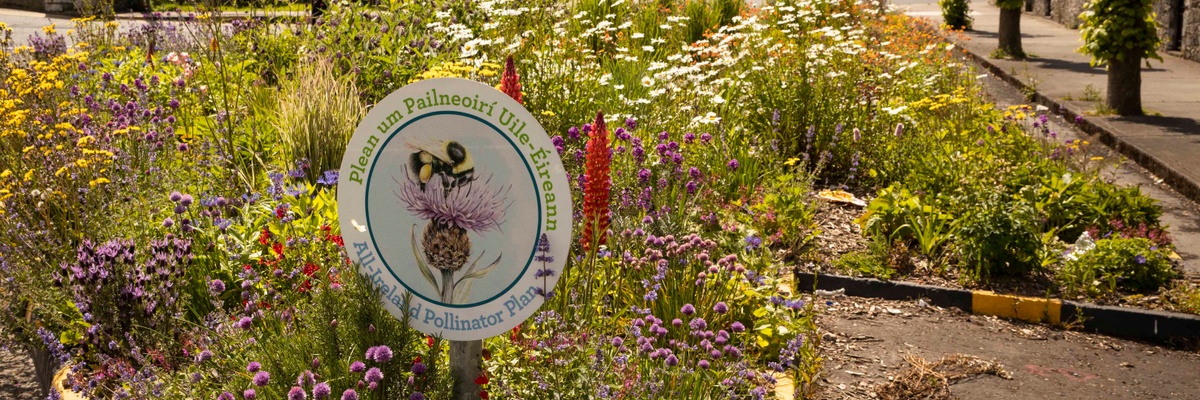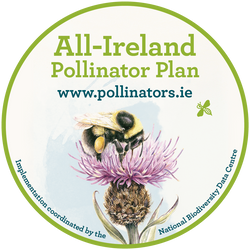

Support biodiversity in your local community with the All-Ireland Pollinator Plan.
The Background
The All-Ireland Pollinator Plan was the brainchild of Dr. Úna FitzPatrick, National Biodiversity Data Centre and Prof. Jane Stout, Trinity College Dublin. ‘We have witnessed first-hand the slow disappearance of our biodiversity over our own lifetimes. When we were growing up in the 1980s, bumblebees and other insects were much more plentiful than they are today. To younger generations, what we see now is the new normal. If people don’t know what has been lost, how can we expect them to feel the need to change things? For many years, the data were telling us that pollinators were in trouble, and research has been showing what we could do about it. There comes a time when you can’t stand by anymore. The onus is on us. ’The All-Ireland Pollinator Plan was published in 2015, and is a shared plan of action, which aims to make the island more biodiversity-friendly. It is supported by over 100 governmental and non-governmental organisations, over 270 businesses, 24 partner councils and thousands of volunteers in schools, colleges, and community groups. Ireland was one of the first countries in Europe to address this problem and, since its launch, the All-Ireland Pollinator Plan has inspired and helped many other countries to develop their own pollinator strategies.
Residents' Associations:
Local communities can lead the way in helping to create biodiversity-friendly landscapes. Unfortunately, one-third of our 98 bee species are at risk of extinction. This is because we have reduced the amount of wildflowers across the landscape for bees to feed on. We have gotten very good at making the countryside and our towns and villages look neat and tidy by mowing and spraying. However this has also meant that we have removed a lot of the flowers needed by pollinators, and unfortunately, many of the flowers we plant provide very little pollen and nectar, such as daffodils, tulips, petunias, and begonias.The good news is it’s easy to help pollinators by reducing mowing to allow wildflowers such as dandelions and clover to bloom, and there are lots of pollinator-friendly plants to choose from for your flower beds and herbaceous borders.

リンク